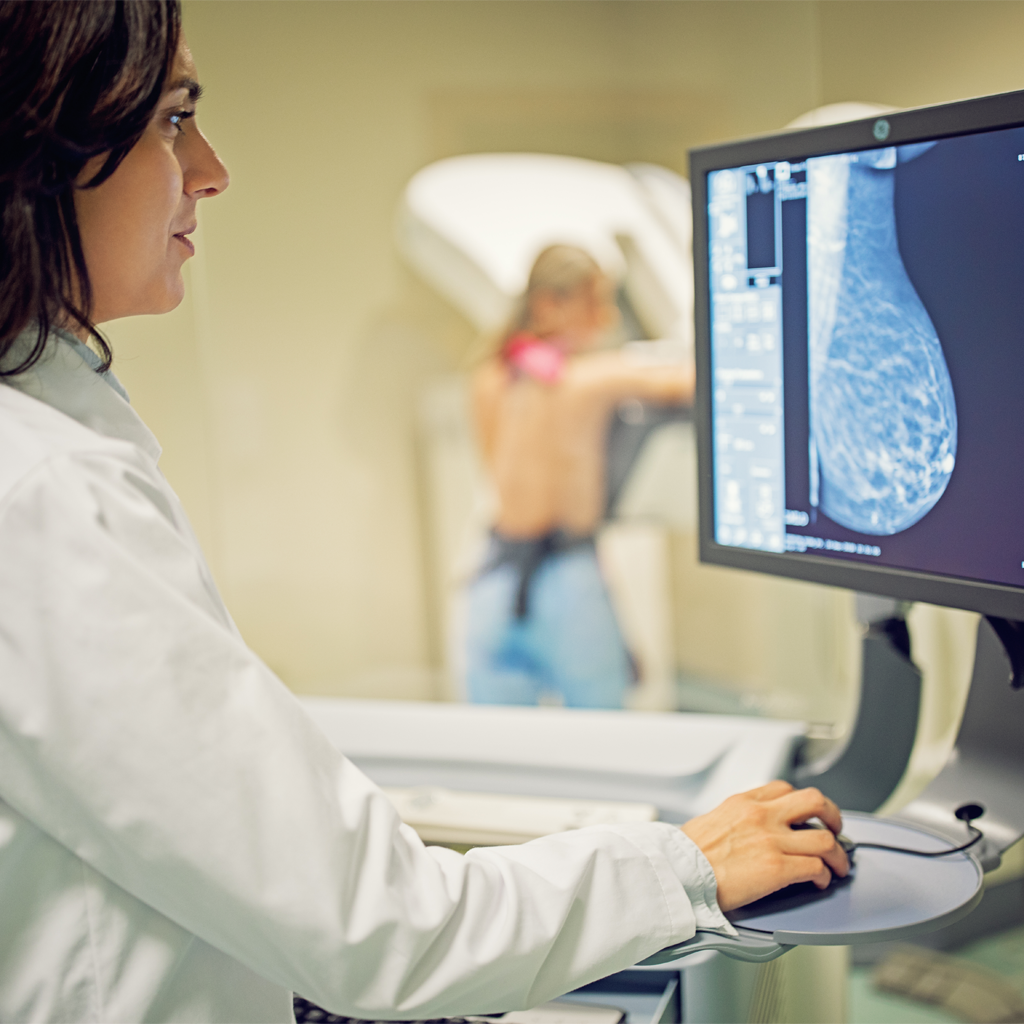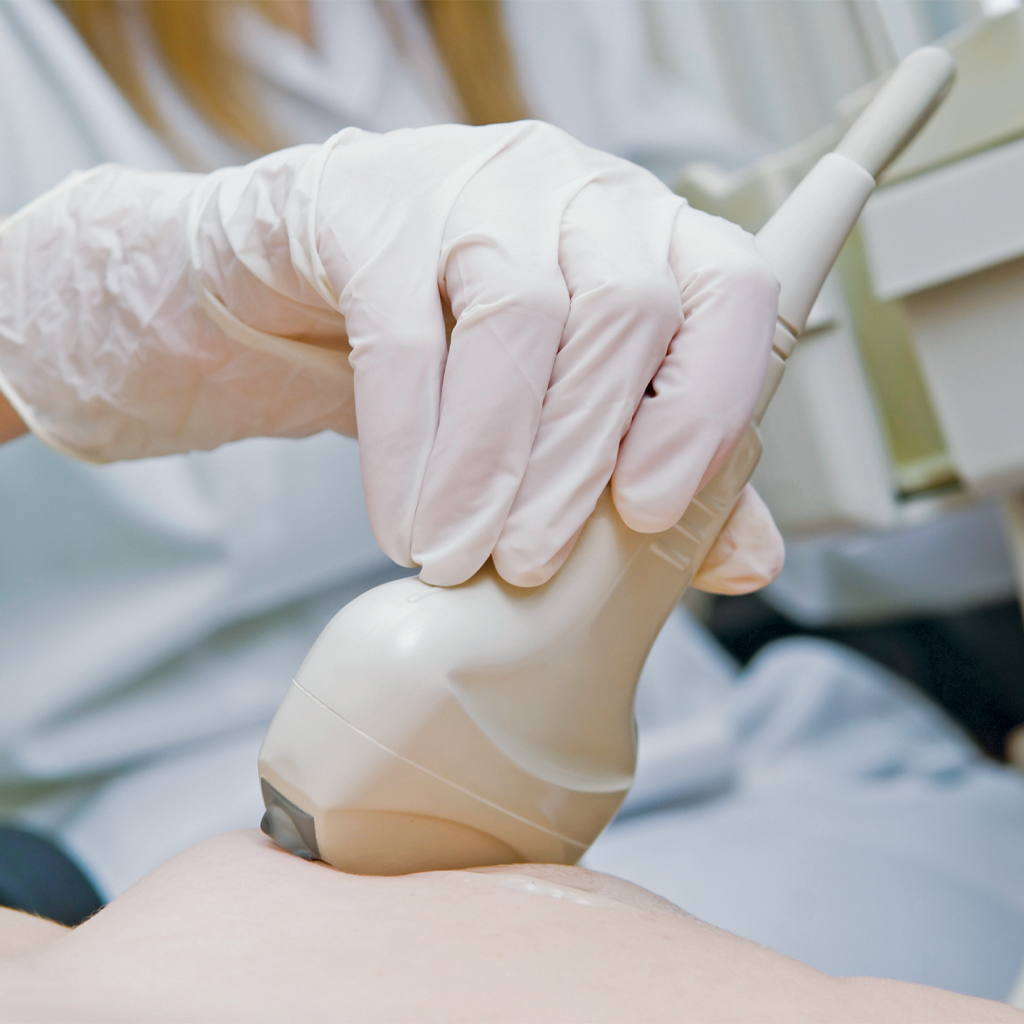Mammography
Mammography is an X-ray-based imaging test of the breast. It is used by most women preventively to detect breast tumors when they are too small to be detected by physical examination. These small tumors can be the first finding of early-stage breast cancer. Annual mammograms are recommended for all women over 40, and possibly younger if you are at higher risk for breast cancer.
Mammograms are also used to provide better diagnostic detail of a suspicious area within the breast, or to monitor breast cancer or the effects of treatment.
3D mammography (tomosynthesis)
Radiology Associates of Ridgewood has invested in the latest and most advance form of mammography, known as 3D mammography or tomosynthesis. This technology is capable of finding smaller cancers earlier. In addition to improved detection, 3D mammograms have fewer false-positives and fewer call-backs.
The RAR Difference
In addition to being an ACR Designated Comprehensive Breast Imaging Center, RAR offers some of Northern New Jersey’s most experienced breast imaging experts. With state-of-the-art mammography equipment, we believe you shouldn’t have to compromise between accuracy and comfort. That’s why we use the SmartCurve™ paddle system—clinically proven to deliver a more comfortable mammogram compared with standard compression. In fact, it has been shown to improve comfort in 93% of patients who reported moderate to severe discomfort on a previous mammogram.
What if I have dense breast tissue? Is an annual mammogram enough?
Dense breast tissue is a risk factor for breast cancer. In addition, breast cancer is more difficult to spot within the fibroglandular tissue of a dense breast. Women with dense breasts may benefit from a supplemental screening option in addition to mammography.


